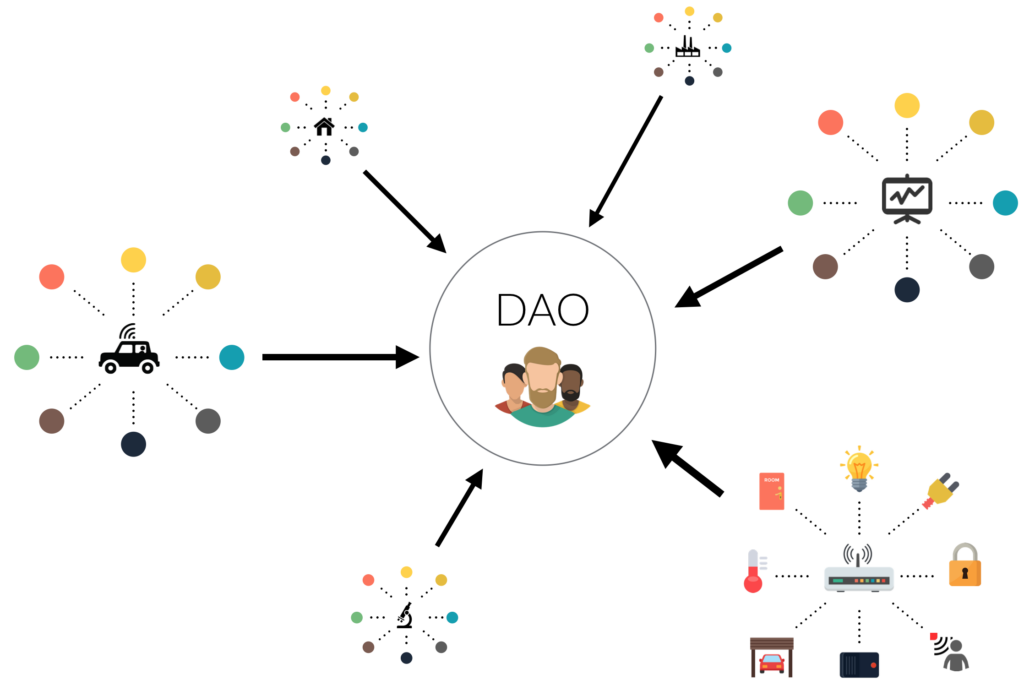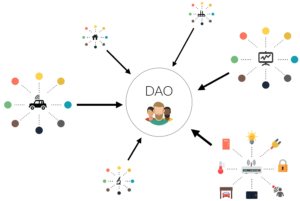
A decentralized autonomous organization (DAO) is a type of organization that has no central authority, but rather is self-governing and self-sustaining. It’s also known as a Decentralized Autonomous Organization (DAO). A DAO has its own code written into smart contracts on the Ethereum blockchain, which means that it can run itself without needing any human intervention, just like an online computer program does today.
The key difference between decentralized vs centralized organizations is how they make decisions about what to do next: with a centralized approach someone makes all of those decisions for you; with decentralized ones you get more freedom over your life by being able to participate in making decisions yourself!
HOW DOES DAO WORK AND WHAT ARE IT’S BENEFITS?
A decentralized autonomous organization (DAO) is a computer program that runs on a decentralized network and can be programmed to perform certain functions. It’s like an artificial entity that can own and operate other virtual entities.
The benefits of using a DAO include:
- Ownership of assets by its users, who are known as shareholders. This means the company has no sole owners or directors; instead it operates as an open organization with all stakeholders having equal power over it.
- Decentralization — The company doesn’t need to rely on any centralized authority to run its operations because everything it does is done via code in order for it to function properly on its own terms without outside influence or interference from any individual party (including humans).
A DAO is a new kind of organization. It’s not subject to the same rules as traditional organizations, and it’s governed by rules encoded in software. These rules can be changed or amended through voting from those who hold tokens (the “token holders”).
This means that DAO structures can be easily adapted to different business models and project needs without having to go through lengthy legal processes or risk finding themselves at odds with existing legislation.
A decentralized autonomous organization also has transparency because its workings are visible to everyone who has access to it, whether you’re an individual or part of an organization like yours!
Real life examples of DAOs
The following are some real-life examples of DAOs:
- The DAO (Decentralized Autonomous Organization). This was a venture capital fund that raised more than $150 million over the course of two years. It was created in 2016 and shut down in 2017 due to security concerns. The company has since been rebranded as “The Decentralized Autonomous Fund” and continues to operate on Ethereum under the new name.
- EOS daily transaction volume exceeds that of Bitcoin, Ethereum, or Litecoin combined–and it’s only been around for a few months! This cryptocurrency aims to be faster than Visa or Mastercard when it comes to processing transactions between parties who want to send money from one place to another quickly and efficiently by using blockchain technology instead of going through an intermediary like Western Union or PayPal which usually takes days at least before receiving payment confirmation from your customer (or even worse – never getting paid at all!).

Leave a Reply